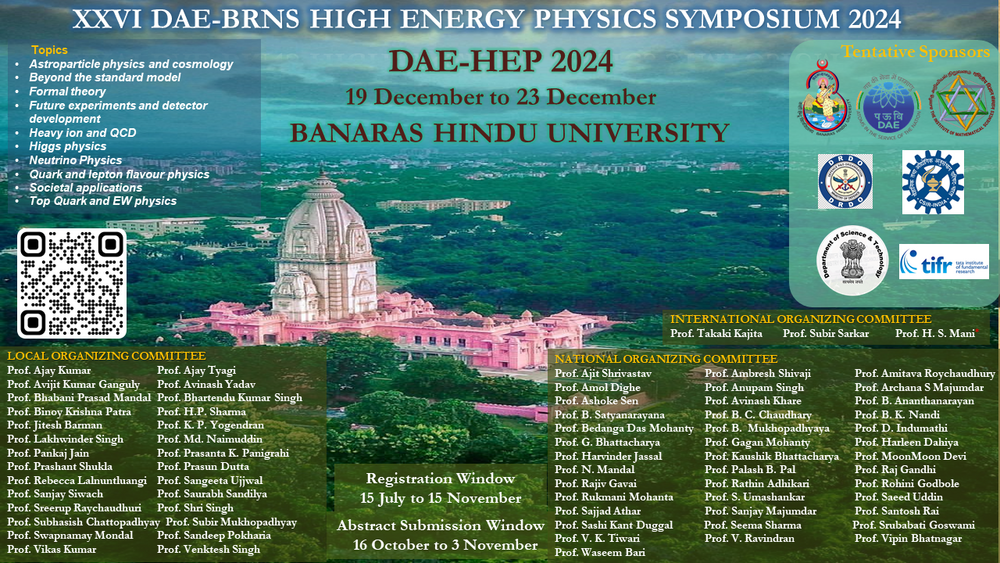Speaker
Description
Information about the interior of Earth is traditionally obtained through indirect probes such as seismic and gravitational measurements. Atmospheric neutrinos serve as an independent tool for probing the deep interiors of Earth using weak interactions, offering insights complementary to those obtained from other studies. As multi-GeV neutrinos pass through Earth, they experience Earth matter effects that depend on both neutrino energy and the electron density distribution along their path, making them ideally suited for exploring the inner structure of Earth. In this talk, we present the expected sensitivity of an atmospheric neutrino experiment, such as an iron calorimeter detector (ICAL), to simultaneously constrain the core radius and density jumps inside Earth. Our analysis uses a five-layered density model of Earth, where layer densities and the core radius are modified to explore the parameter space, ensuring that the mass and moment of inertia of Earth are conserved and the hydrostatic equilibrium condition is satisfied. Additionally, we show that the capability of the ICAL detector to distinguish neutrinos from antineutrinos is crucial for effectively constraining the parameter space.
| Field of contribution | Phenomenology |
|---|

